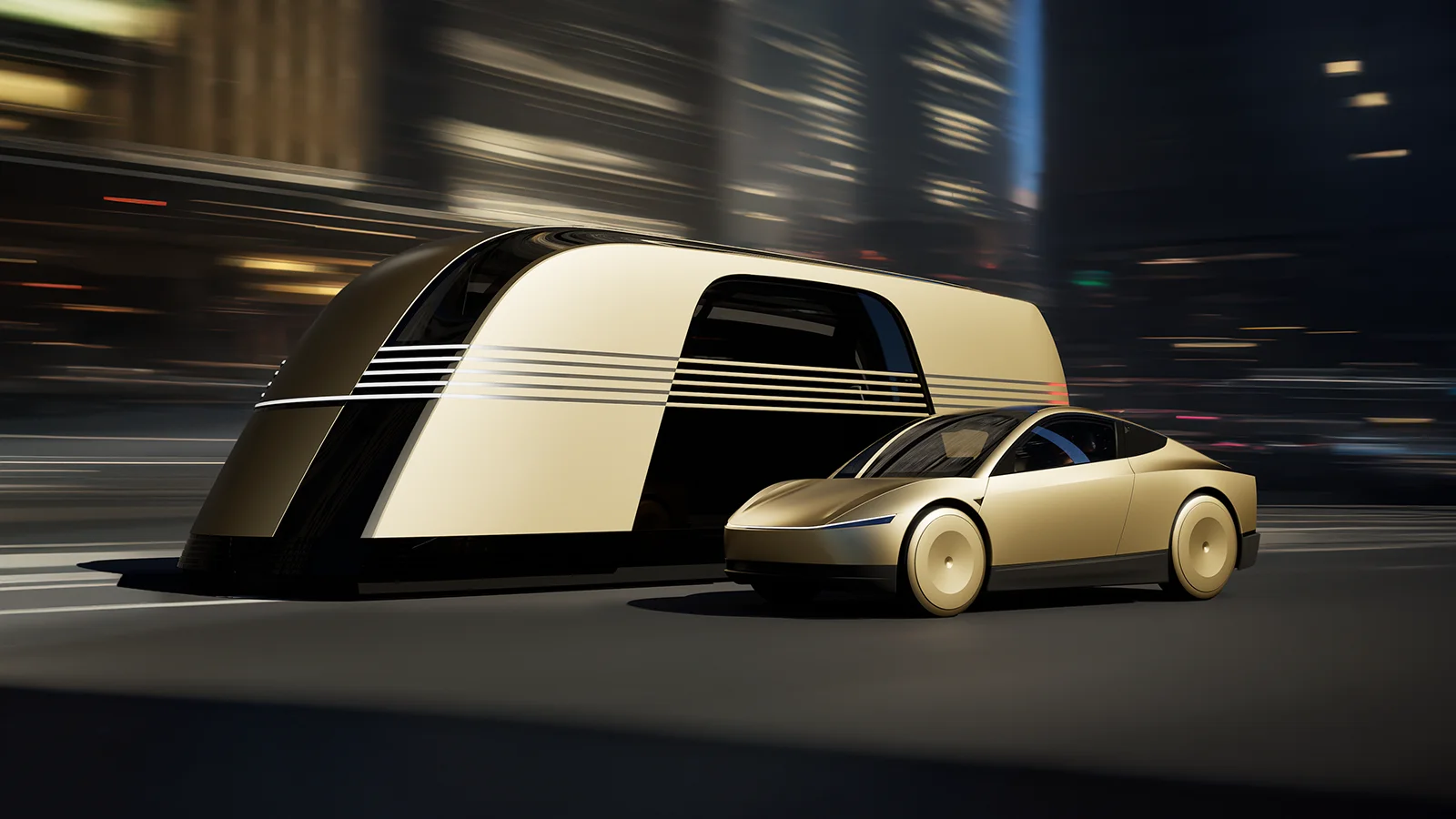December 26, 2024/News
Robotaxi and Robovan Unveiled
Tesla unveiled its Robotaxi and Robovan at the #WeRobot event today, the 10th of October 2024. There were 20 Cybercabs and 30 Model Ys providing autonomous rides on the 20-30 acre Warner Bros set in LA. By next year, fully autonomous and unsupervised Full Self-Driving (FSD) will be available in Texas and California for pretty much all Teslas including Model 3, Y, and the Cybertruck. As per Elon Musk’s X post, we expect, FSD (Supervised) to be available in Australia in Q1 or Q2 of 2025.
Unsupervised FSD, using only AI and cameras, is expected to increase the usage and value of the cars by 5 to 10 times, giving people their time back, preventing injuries and saving lives. We’ll see AVs become 10x safer than humans.
Tesla aims to bring the highly optimised Cybercab, designed specifically for autonomous transport, into production in calendar year 2026. The operating cost per mile is projected to be approximately USD $0.20, with the all-inclusive pricing, including taxes, expected to range between 30 to 40 cents. The Robovan with capacity to seat 20 adults, will reduce the cost to perhaps 5 to 10 cents a mile. With the cost less than a bus ticket, over time, Tesla sees the Robotaxi and Robovan enabling individualised mass transit. The Cybercab is anticipated to be priced below USD $30,000. It won’t have a plug, it will be charged solely via wireless, inductive charging. The AI5 computer in the Cybercab will be overspeced leading to a massive amount of distributed inference compute, possibly 100GW over a fleet of 100M vehicles available for about 100 hours a week. Think AWS. Tesla had a bunch of Optimus humanoid robots dancing and walking among the guests, serving drinks etc. The long-term cost of the Tesla Bot is projected to fall to between $20,000 and $30,000, less than the cost of a car. With everyone projected to want their own robot, Elon Musk referred to the future sales of Optimus as “the biggest product ever of any kind”. It will dramatically reduce the cost of products and services leading to “an age of abundance.”




A Quarter of a Million Kilometres in Seven Years and the Tesla Model S is Still...
April 29, 2023 / News



